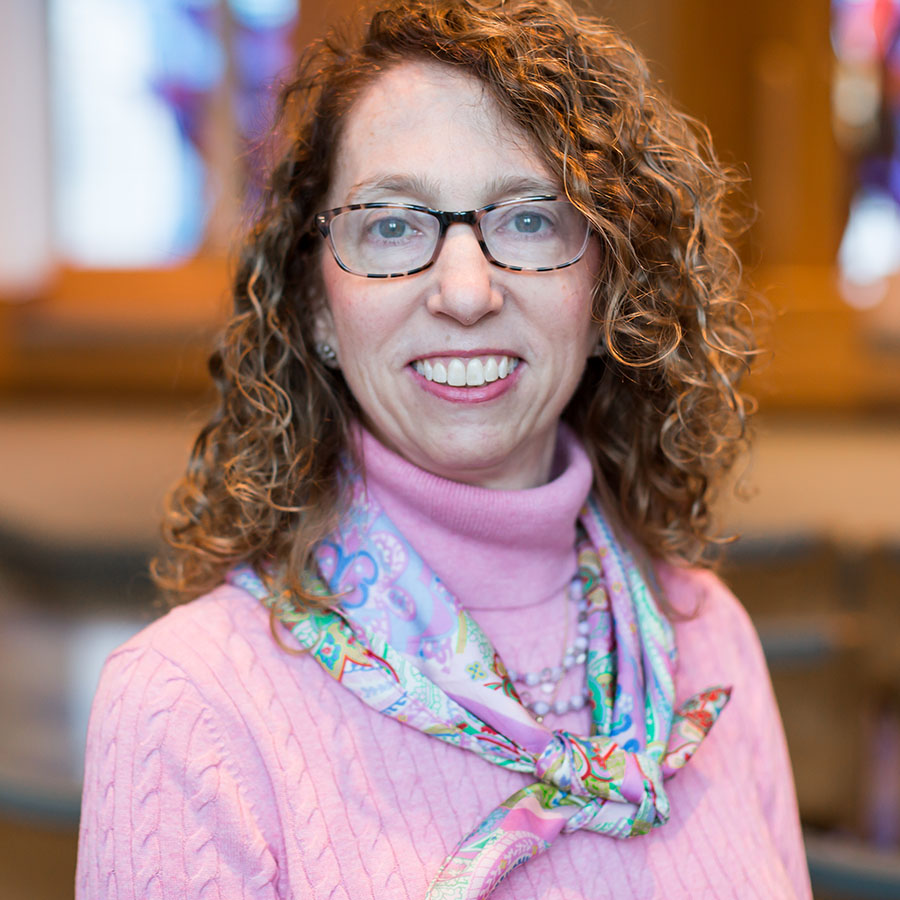How We Build Character

Naso
By :
Marjorie Lehman Professor of Talmud and Rabbinics
Posted On Jun 4, 2011 / 5771 | Torah Commentary




Parashat Naso begins with the appointment of the Levite families of Gershon and Merari to take care of the Mishkan, the Israelites’ portable sanctuary in the desert. While Aaron and his family were given the responsibility of overseeing the actual service of God in the Mishkan, the descendants of Gershon and Merari were defined as mere helpers, charged with the role of caring for the structure of the Mishkan, its cloths, its equipment, its posts and their sockets, its planks, pegs, and furnishings. I have always wondered—why did God divide up the care of the Mishkan in this way? Was there some connection between the performance of a set of responsibilities related only to the external care of the Mishkan and the character formation of these Levite families? What would the families of Gershon and Merari gain from this very physical role of maintaining the structure of the Mishkan? What would they learn through this set of very repetitive and mundane motions that revolved around maintaining the structure of the Mishkan and not around overseeing the worship that took place within it?
As a parent, I often ask myself: What experiences will have an effect on my children? What responsibilities will form them as Jews and solidify their Jewish identities? I, like, many Jewish parents, look to the Jewish day school, to the Jewish camp, to Jewish programming, and, of course, to our synagogue. I presume that by placing my sons within a Jewish institution, I will be assured of success. But, when I think about my own upbringing in the context of this week’s parashah, it brings to mind the commitment of my own parents to building a makeshift synagogue in their home to mark the occasion of my bat mitzvah. To this day, I feel that it was more than a coincidence that the value placed on the act of constructing the Mishkan in this parashah happened to be found in my bat mitzvah parashah, Naso. I learned the skill of reading from the Torah through this parashah while my family engaged in the complicated process of turning our everyday home into a sacred space, using cloths and posts and pegs and planks (literally!).
At the time when I turned 13, women were just beginning to read from the Torah on Shabbat mornings in Conservative synagogues; it was a time of transition. Our synagogue, unfortunately, despite every petition and letter and rant we could muster, would not change its ritual position. It would not become egalitarian. Risking his relationship with our rabbi and dear family friend, my father boldly suggested to me one evening that we could build our own synagogue, our own aron kodesh (ark for the Torah), and design our own service just so that I could read from the Torah. We could make it happen. And so my bat mitzvah became a moment that was just as much about learning to read from the Torah as it was about building a place where I could make this happen.
As I think about the experience of my bat mitzvah today in conjunction with the charge to the families of Gershon and Merari, it reminds me that we often focus our attentions on the rituals themselves. We want to know what a ritual means, what it represents. We want the act of reading from the Torah to be transformative in the lives of a bar or bat mitzvah child. However, we often overlook the significance of the structures that must be in place in order to perform such rituals. We forget about the preparation, even the construction of particular contexts or communities necessary for performing this ritual in a meaningful way. The descendants of Gershon and Merari had to go to great lengths to ensure that there was a Mishkan in the desert before any type of worship could occur. I see in their role what I saw in my own parents: a sense of boundless commitment to a process. I witnessed firsthand the lengths to which my parents went to ensure that I could stand before the Torah; this is what left the largest impression on me. The sense of Jewish identity that they instilled within me emerged from their commitment to building the context in which I could perform the ritual that would define me as a bat mitzvah. It was all about how they gave me the gift of Torah. I only hope that I can do the same for my own children.
The publication and distribution of the JTS Commentary are made possible by a generous grant from Rita Dee and Harold (z”l) Hassenfeld.